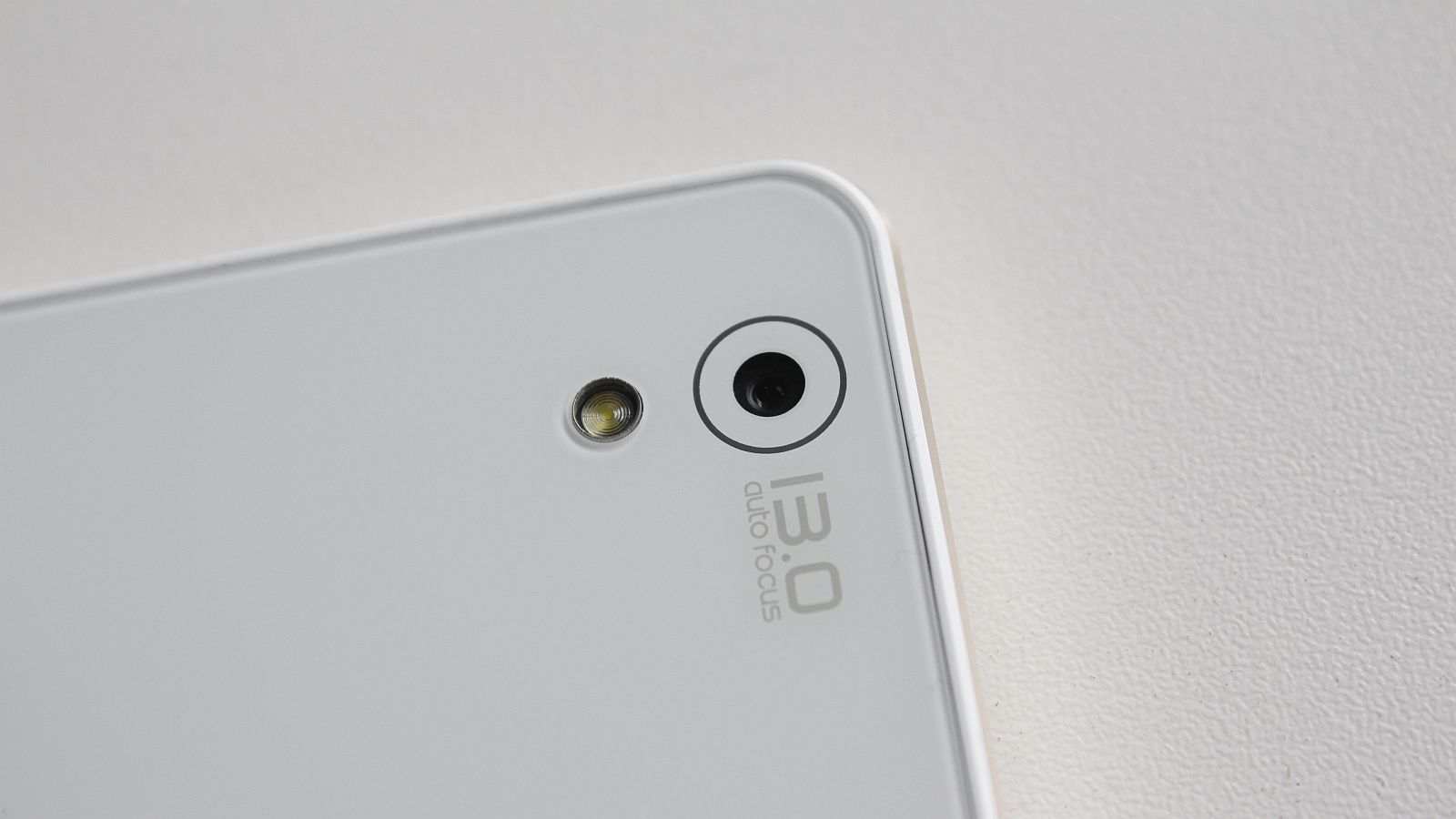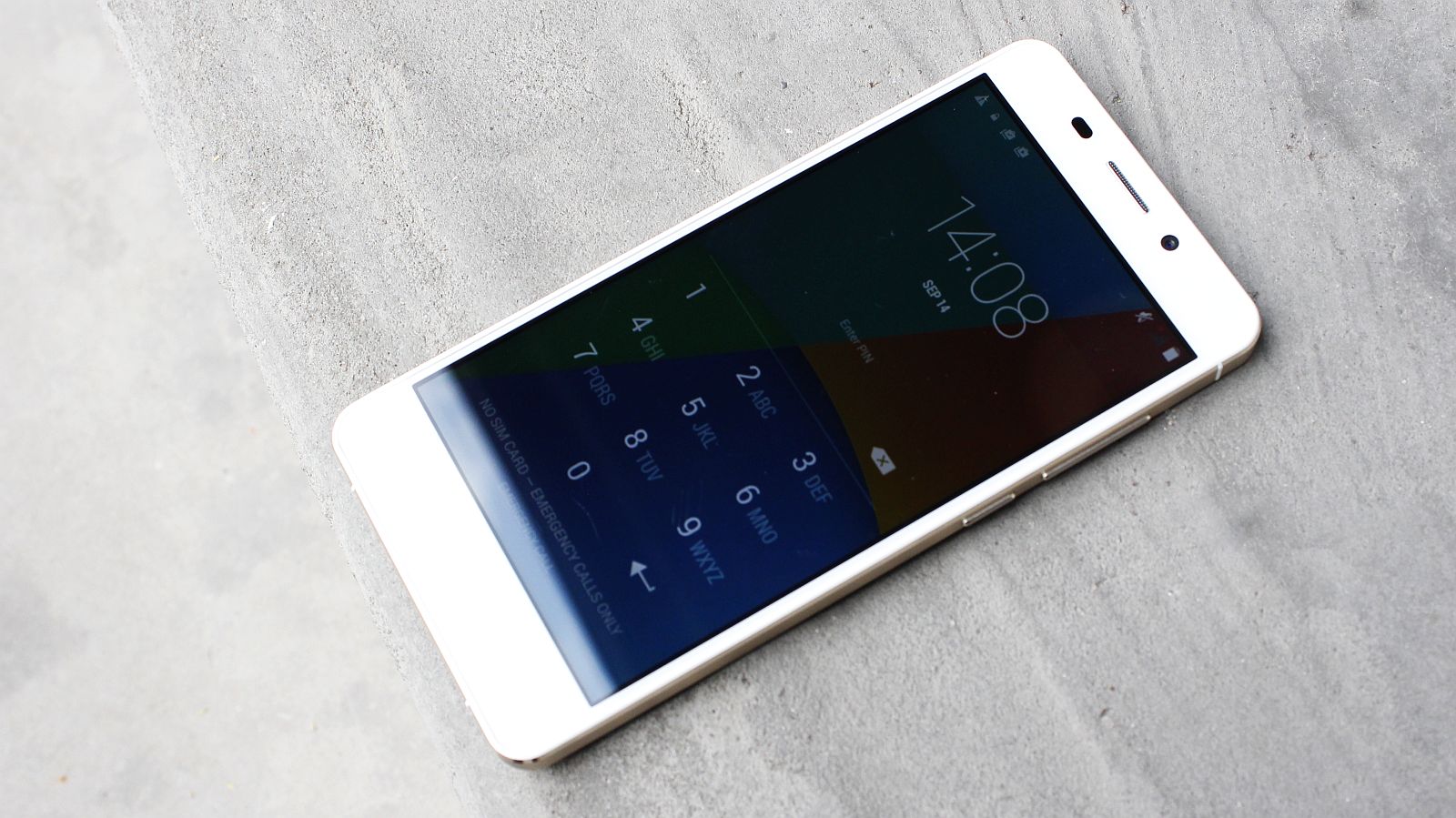Five years ago, launching a decent streaming platform took millions. Now? A teenager with a laptop can build something that reaches millions. That shift…
InnJoo One 3G HD review: a Middle East masterclass

If you’re pretty sick of these Chinese smartphone brands taking over the world one device at a time, take a breath, because a company from the Middle East finally brings some respite.
It’s an area of the globe we almost never associate with gadget manufacturing or anything other than oil and extravagant man-made islands in the shape of ducks and schnauzers.
Nevertheless, the company I speak of is InnJoo and its firmly based in the sunny climes of Dubai. It has built its house on what’s considered a global economic force. But the real question is, can a company from an unorthodox smartphone manufacturing district build a phone that’ll make me ditch the Samsungs, Apples and other devices of the world?

Based on first impressions, including a gander at the specs sheet and a look at the price, I don’t see why the InnJoo One can’t.
Unboxing
While we often give boxes their fair share of the limelight in reviews, there’s nothing much to report here. The box is, well, a box, and contains the necessary accessories, including headphones, a wall charger and a microUSB cable. It is rather large compared to other devices we’ve seen though.
Sure, smartphone boxes are important marketing aids but its pleasing to see manufacturers focus more on the product than its packaging, and that’s clearly the case with the InnJoo One.
Aesthetics and design

The real interest lies in the next two segments, beginning with aesthetics.
InnJoo unabashedly claims that the One is based on a “brand new design” and is “entirely new in every way.” We’re not sure how lifting the design blueprints from Cupertino afterhours is entirely new. The InnJoo One is an iPhone clone if there ever was one.
The rounded corners, the chiseled edges and the classic large-screen-small-bezels seems like InnJoo covertly employed Foxconn to manufacture these things. I am bitching about this, sure, but it’s not a bad thing.
For one, it’s a well-built meld of polycarbonate, metal and something called Dragontrail Glass. I have no idea what the latter is, but its sultry to the touch. In the hand, the One feels a lot like the Sony Xperia series, while the edges reminds one of the Huawei P8. It sounds like these two when you clunk it down on the kitchen counter too.
So, obviously, the InnJoo One looks like a high-end handset.

With that said, you’ll get the usual bevy of ports and buttons dotted along the device’s sides, while at the rear there’s a tiny 13MP camera with the flash sitting directly below it. A garish InnJoo logo ruins the mood at the rear, but still, it’s not an ugly device. In white it resembles a thinner iPhone 5S, which isn’t exactly a bad thing at all.
Internals and performance
The screen is a 5.0-inch panel with 1280×720 pixels. Powering it at the device’s heart lies a MediaTek MT6592 quad-core chipset, with 2GB of RAM and 16GB of internal storage. All seemingly average specs, but really generous considering the R2499 price tag.
Above that, there are two cameras: an aforementioned 13MP snapper at the rear, and an 5MP wide-angle lens up front.

Thanks to its iPhone-Huawei-Sony inspired design, the battery can’t be removed, but is a rather large 2700mAh. That’s bigger than the Samsung Galaxy S6, the iPhone 6S and the Huawei P8 for about a fifth of the cost.
Key numbers:
Dimensions: 142.7mm x 70.2mm x 6.9mm
SIM type: Dual SIM slot, Nano and Micro
Weight: 123g
Display: 5.0-inch, 1280×720, 294ppi
Chipset: MediaTek MT6592 octa-core | octa-core 1.4GHz ARM Cortex-A7 | Mali-T450 GPU | 2GB RAM
Storage: 16GB (Around 12GB usable)
Imaging: Rear: 13MP with autofocus, flash | Front: 5MP
Battery: 2600mAh removable
Android: 4.4.2 KitKat
But how does this all translate? Well, positively.

In our Antutu benchmark, the InnJoo One scored a respectable 28 888. That might be half of the LG G4 and even less than the mighty Samsung Galaxy S6, but again, it spanks the old Google Nexus 5 and Samsung Galaxy S4, both which are more expensive.
You’ll be able to game moderately on the One too, but don’t expect an immersive experience. Get a console for that. Multitasking with the eight available processing cores won’t be an issue either. Run as many apps in the background as you fancy.
Where it falls short is the camera.
You’d think a 13MP would deliver the claimed “more than good” experience, but that’s an utter joke. Although there’s a rather large f/2.0 aperture lens, the real problem is the focusing. The camera just doesn’t care to remain focused on a particular object. Snapping a lavender frond up close is practically impossible thanks to its inability to lock onto anything within 30cm.

Innjoo One 1

Innjoo One 2

Innjoo One 3

Innjoo One 4

Innjoo One 5

Innjoo One 6

Innjoo One 7

Innjoo One Lead

Innjoo One Sample Image 004

It's not a bad camera, but it's far from being the best.
Innjoo One Sample Image 001

It struggles to focus on objects fairly close too.
Innjoo One Sample Image 002

Colour reproduction is good though.
Innjoo One Sample Image 003

Again, the autofocus system is shockingly poor.
Injoo One Antutu

Injoo One Innui

There’s no chance up of macros for your Instagram flower catalog here, unfortunately.
Video recording is a little bit better and the live photo feature also works a treat for short clips. Annoyingly, we get the stock Android KitKat camera software, which is a shocking piece of work. Perhaps with the Lumia camera app or Autodesk’s Pixlr you’ll be able to snap something in a more appropriate light.
Sitting with the screen at its brightest setting doesn’t seem to deplete the battery too quickly either, probably thanks to the 720p screen. You could easily eke a day or more from this device, which is more you can say from devices that cost more than double.

Practicality and build quality
You wouldn’t be lying by saying this thing’s built like a brick outhouse, because it is. It’s the most solid phone we’ve reviewed in this price range. Buttons never fell off, nor did the phone melt in my pocket while updating apps. Perhaps the only gripe is the ease at which this thing’s face scratches. I’m not sure if it’s the Dragontrail Glass, or the screen protector stuck to it, but it’s horrid.
Nevertheless, I’d be more than happy to cart this thing around in my pocket every day. It’s light, it’s the ideal size for a smartphone and it won’t fall apart before you do.
But, and it’s one massive but: I can’t quite figure out this InnOS.
It’s InnJoo’s Android KitKat skin, and I hate it.

A garish and maddening mixture between iOS, Huawei’s EMUI and stock Android, InnOS has its own app store, which is filled with useless fare too. Granted, the apps installed on boot were useful (most notably, the battery management suite), but that’s all I really need.
But moreover, the skin doesn’t have an app drawer, so all installed apps are haphazardly stuck to multiple screens in a confusing hodge-podge of icons. Give me stock Android, or design an OS skin that isn’t trying to be something else. Can manufacturer’s please stop looking over at what Apple’s doing for guidance?
Value for money
Rant over, I’d like to point out one important thing about the InnJoo One: it’s just R2499. For that, the user gets a dual SIM, 3G-capable phone that can stand tall alongside flagship phones of last year, but keep the lights on for a lot longer.

It really is one of the best phones we’ve had a go at this year, but the real question remains: can I trust a phone from the Middle East, when the Middle East isn’t exactly a phone manufacturing region?
Well, congratulations Dubai, because I can answer that question with an emphatic yes.
Verdict: It looks like an iPhone but retails for a fifth of the price. Hell, its price doesn’t do the hardware justice really. It’s well put together, capable, all-day companion that’ll be just fine in the hands of a modern smartphone user. It’s just a pity about that camera and operating system. Otherwise, it would’ve scored very close to full marks.
Score: 8.5/10
















